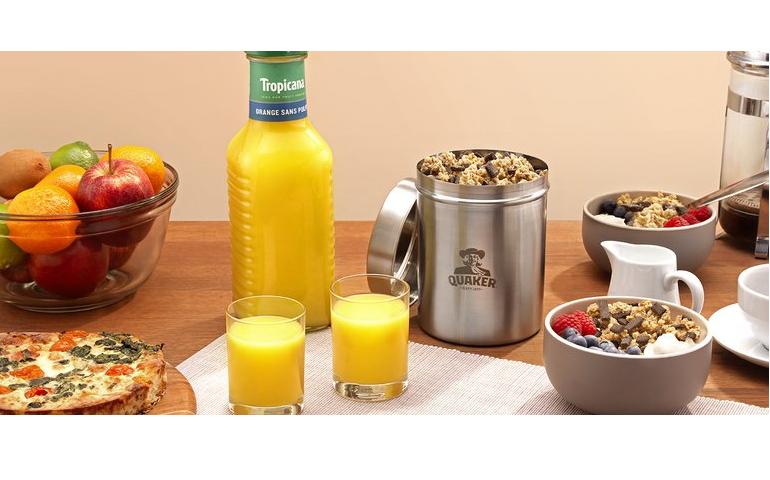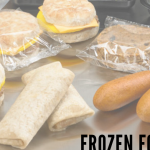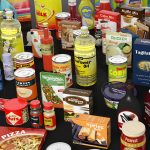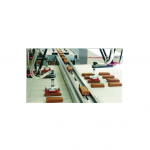
Why reusable food packaging has a promising future
Packaging is one of the largest causes of waste in the United States. According to the U.S. Environmental Protection Agency, 29.7% of total waste could be attributed to containers and packaging in 2015, which weighed in at 77.9 million tons.
While some may point the finger at plastics, Tim Debus, president and CEO of the Reusable Packaging Association, told Food Dive that “the real root evil of the pollution is not material based. It’s disposability.”
Since the introduction of plastics into the CPG space, explained Debus, manufacturers have opted for more and more single-use packaging for its ability to reduce shipping costs. Single-use plastic packaging is also an option that promotes convenience, something that consumers have progressively wanted more of over the decades.
All of this, however, comes at the expense of sustainability.
Demand for conveniently packaged options continues today, but consumers have increasing sustainability concerns. As a result, retailers and manufacturers have spent years searching for alternatives that reduce the quantity of waste sent to landfills. From minimizing the amount of glass used in each bottle to switching to compostable bioplastic, packaging innovations are nothing new. What is new is the desire to combine sustainability with reusability.
Read more: Why reusable food packaging has a promising future





